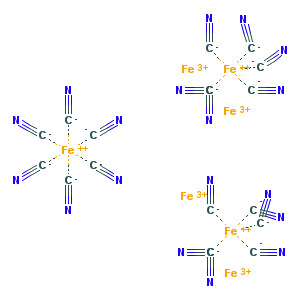This is an “elemental research” category page. It outlines interests around a specific topic. The links at the bottom lead to mostly photographic documentation of experiments and projects that touch on the topic.
Cyanotype:
Taxonomy:
Elemental —> Light —> Photography —> Cyanotype
The 4,000-year-old process involved in producing the dark blue of indigo is almost magical. Items transforms from yellow to blue within seconds. It is not unlike the cyanotype process invented by English scientist and astronomer Sir John Herschel in 1842. The Cyanotypes Process are among the earliest photographic methods. In cyanotypes water-soluble compounds are converted into non-water-soluble compounds through exposure to UV-light. Unexposed bright yellow soluble areas are washed away with water. The remaining exposed non-soluble salts oxidize, resulting in Prussian blue.
Originally developed as a means of reproducing notes and diagrams (see carbon paper), cyanotypes were used until recently as a cheap and fast way of reproducing architectural diagrams as blueprints.
Cyanotypes were first used as a photographic rather than reprographic medium by Anna Atkin to document botanical specimen mostly of seaweed. She produced three volumes of “Photographs of British Algae: Cyanotype Impressions” between 1843 and 1853.
Research and Projects associated with Cyanotype:
